
Torba Monastery Entry Ticket
1 day
Ticket
Instant confirmation
About this activity
Visit: Monastero di Torba, Via Stazione Torba, 21040, Gornate Olona Italy
The millennial vicissitudes of an outpost that became a monastery. The place that would go on to become the Monastery of Torba, immersed in the lush woodlands of Varese at the foot of the Castelseprio archaeological site, started life in the late-Roman era (around the 5th century A.D.) as a military outpost. It subsequently passed into the hands of the Goths and the Longobards, before becoming a monastic seat – a place of prayer and work for Benedictine nuns. As was the case at almost all Benedictine monasteries, the complex at Castelseprio offered shelter to pilgrims and travellers. In 1453, it was abandoned by the Longobard monks and then converted into a rural farmstead. A place rich in art and history
The Torba complex is formed by a range of different elements that bear witness to its rich history. The main tower, dating from the 5th and 6th centuries, is an important example of military architecture: the buttresses and masonry are less imposing the higher up the structure you go, becoming architectural forms rather than supporting structures. Internally, the first and second floors, which were once used respectively as the burial chamber and the oratory, play host to a number of rare and highly significant 9th-century frescos. The building that once housed the nuns’ cells and the meeting rooms opens out onto the courtyard, with its triple arched portico, which was altered when the complex was used as a farmstead to create new residential spaces, before being restored in 1977 by the Italian Heritage Trust, FAI Fondo Ambiente Italiano.
Centuries of simplicity
Another fundamental element is the small monastery church, which dates mostly from the 11th century, with the exception of the 8th-century crypt and the 13th-century apse, with its vibrant motif of alternate bands of pebbles and bricks and its highly refined rounded arches.
The interior has a single atrium, with wooden-trussed roof and plastered walls. Thanks to a painstaking restoration process, the atrium has retained its original simplicity of form, so typical of medieval monastic churches.
Today the whole complex is part of the serial UNESCO world heritage site "The Longobards and their places of power" together with the archeological area of Castelseprio.
Read more
Show less
The millennial vicissitudes of an outpost that became a monastery. The place that would go on to become the Monastery of Torba, immersed in the lush woodlands of Varese at the foot of the Castelseprio archaeological site, started life in the late-Roman era (around the 5th century A.D.) as a military outpost. It subsequently passed into the hands of the Goths and the Longobards, before becoming a monastic seat – a place of prayer and work for Benedictine nuns. As was the case at almost all Benedictine monasteries, the complex at Castelseprio offered shelter to pilgrims and travellers. In 1453, it was abandoned by the Longobard monks and then converted into a rural farmstead. A place rich in art and history
The Torba complex is formed by a range of different elements that bear witness to its rich history. The main tower, dating from the 5th and 6th centuries, is an important example of military architecture: the buttresses and masonry are less imposing the higher up the structure you go, becoming architectural forms rather than supporting structures. Internally, the first and second floors, which were once used respectively as the burial chamber and the oratory, play host to a number of rare and highly significant 9th-century frescos. The building that once housed the nuns’ cells and the meeting rooms opens out onto the courtyard, with its triple arched portico, which was altered when the complex was used as a farmstead to create new residential spaces, before being restored in 1977 by the Italian Heritage Trust, FAI Fondo Ambiente Italiano.
Centuries of simplicity
Another fundamental element is the small monastery church, which dates mostly from the 11th century, with the exception of the 8th-century crypt and the 13th-century apse, with its vibrant motif of alternate bands of pebbles and bricks and its highly refined rounded arches.
The interior has a single atrium, with wooden-trussed roof and plastered walls. Thanks to a painstaking restoration process, the atrium has retained its original simplicity of form, so typical of medieval monastic churches.
Today the whole complex is part of the serial UNESCO world heritage site "The Longobards and their places of power" together with the archeological area of Castelseprio.
Included
- Entry/Admission - Monastero di Torba
Not included
- Food and drinks
- FAIr Play Family set for kids (available in ticket-office)
Additional
- Confirmation will be received at time of booking
- Not wheelchair accessible
- Children must be accompanied by an adult
Features
Cultural
70%
Tourism
55%
Original
55%
You may also like









 See all 28 Collections
See all 28 Collections
Click to discover other experiences
See all
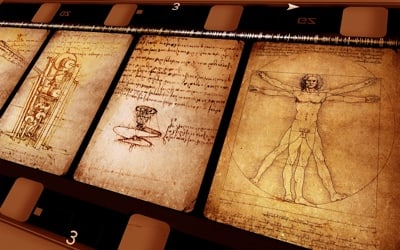
Collections
Leonardo da Vinci
11 Activities

Collections
Leonardo's Last Supper
56 Activities
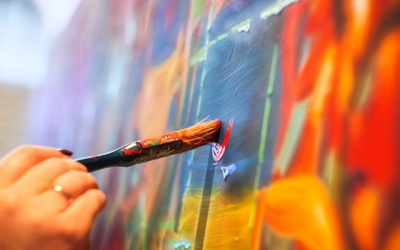
Collections
Art & Culture
12 Activities
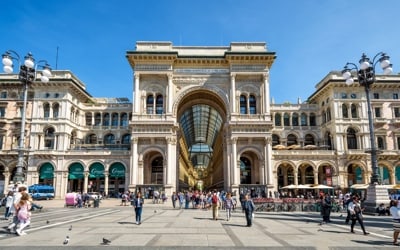
Collections
City tour
77 Activities
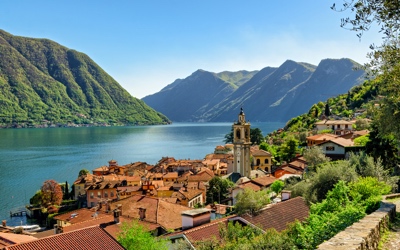
Collections
Lake Como & Bellagio
31 Activities

Collections
Other trips
40 Activities
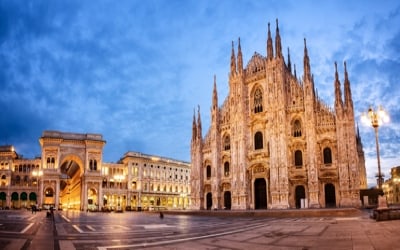
Collections
Duomo Cathedral
41 Activities
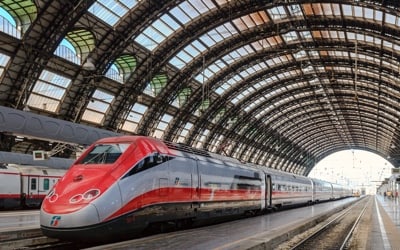
Collections
Train
17 Activities
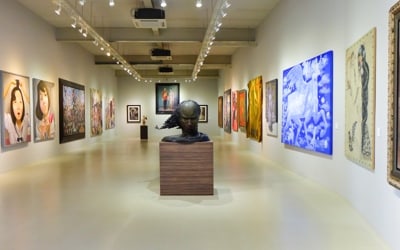
Collections
Museums
9 Activities
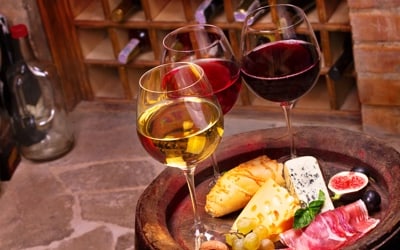
Collections
Wine tasting
34 Activities


